Note: This website was automatically translated, so some terms or nuances may not be completely accurate.
Kyoto-Based: Schemes to Create the Future Using Japanese Traditions
Kyoto, Japan's millennium-old capital renowned worldwide. In this land steeped in history and tradition, an innovative initiative is gaining momentum, harnessing that very "power." This movement, called "GO ON," aims to create the future through Kyoto's traditional industries, starting with its crafts.
However, this isn't about preserving tradition unchanged. Rather, shifts in lifestyles are disrupting the traditional industrial ecosystem. Yet, by breaking down its components piece by piece, it's possible to transform them into unique "Japanese values" demanded in the global era. For example, with traditional crafts, they decompose into "technique," "materials," and "story," then collaborate with other industries and creators. This generates new innovations imbued with Japanese value. It's a "scheme" to quietly weave the power of tradition into the future. Let's look at some concrete initiatives.

Kyoto Metal Mesh "Tsuji Metal Mesh"
ToruTsuji
Guided by the philosophy of "The Dignity of Supporting Roles," he preserves the techniques passed down by artisans across generations while challenging himself to create new works.
Nishijin Textiles "Hoso"
MasatakaHosoo
Hoso-o, a Nishijin-ori weaver with a history spanning over 300 years. Supplies its own fabrics to top international brands. Appointed as a Director's Fellow at the MIT Media Lab in 2016.
Tea Canister "Kaikado"
TakahiroYagi
Japan's oldest established maker of handmade tea caddies. Renowned not only for its airtight technology, but also for tea caddies that develop character with use, attracting many fans overseas.
Barrel and Woodwork Crafts "Nakagawa Woodcraft"
Shuji Nakagawa
Carrying on exceptional wooden barrel techniques, he attracts attention both domestically and internationally. His "Champagne Cooler" is officially recognized by Dom Pérignon.
Tea Ware "Asahi-yaki"
Mr. MatsubayashiHōsai
Established in 1600. Assumed the 16th generation name Matsubayashi Hōsai in 2016. A renowned tea ware family counted among Kobori Enshū's "Seven Kilns of Enshū."
Bamboo Crafts "Kochosai Kosuge"
Mr.TatsuakiKosuga
Since its founding in 1898, it has produced bamboo products under the creative philosophy of "blending the classical and the contemporary," guided by the principle of "enhancing the value of bamboo crafts."
The "GO ON" initiative began with a unit of six successors
Launched in October 2012. The catalyst was six young successors of Kyoto's traditional crafts forming a unit. They were the "young masters" of six traditional craft companies: Nishijin-ori textiles' "Hoso-o," bamboo crafts' "Kochosai Kosuge," barrel-making's "Nakagawa Mokugei," tea caddies' "Kaikado," Kyoto wirework's "Kanaami Tsuji," and tea ceramics' "Asahi-yaki." Each was already challenging themselves by expanding overseas or applying their skills to new fields. These six like-minded individuals gathered to pursue new value, unbound by conventional works, by deconstructing traditional crafts.
Their first initiative was "Japan handmade," where they collaborated with international designers to create new products using their unique traditional craft techniques. This led to innovations like stools utilizing wooden barrel craftsmanship, wine stoppers incorporating metal mesh techniques, and fabrics made from Nishijin textiles. These works gained international recognition, being exhibited in Shanghai, Paris, Milan, and New York. The wooden barrel stool was even acquired as part of the permanent collection at the Victoria and Albert Museum in the UK.
Additionally, through the "Beyond KYOTO" service, six individuals serve as Kyoto tourism concierges, guiding travelers through the creation process and cultural background of crafts. They extract the "story" of traditional crafts and link it with the city.
The six members' journey was far from smooth, yet they shed new light on Kyoto's traditions and demonstrated future possibilities. Consequently, not only the six members but also various Kyoto traditional industries are now beginning to collaborate across diverse genres. The GO ON movement is truly in the midst of evolution.

The activities of these six individuals, based on the concept of "deconstructing traditional crafts," have also led to collaborations with companies.
What value did they offer to these companies? Here, we highlight two examples.
Panasonic × GO ON
Tradition and the latest technology. Combining these two "technologies" to create uniquely Japanese home appliance design.
Panasonic realized "Kyoto Traditional Crafts × Home Appliances" by partnering with the six members of GO ON. Starting in November 2015, the company's internal Appliances Company launched the co-creation project "Kyoto KADEN Lab." (Kyoto Home Appliance Lab) to research new home appliance designs incorporating external perspectives. As its first initiative, they pursued a new "value of home appliances" unique to Japan together with GO ON.
Regarding the background leading to the project, Mr. Fumiyasu Nakano, then Director of the Appliances Company Design Center (currently Head of the Design Strategy Office, Technology & Design Division, Panasonic), reflected: "As our home appliance business faced global competition, we needed to consciously embrace 'Japan' and reexamine our own DNA. With this mindset, we challenged ourselves with the 'J' Concept Series, feeling a deeper desire to learn about Japan's cultural power, strengths in manufacturing, and the profound depths of Japanese sensibility. The encounter with GO ON was timely."
About a year after the project began, in October 2016, they unveiled ten prototype models of new home appliances combining Kyoto traditional crafts with cutting-edge technologies like IH and LED. An exhibition was held from October 29 to 31 at Kyoto Moyashi Machiya in Shimogyo Ward, Kyoto City. Featured items included the compact speaker "Hibiki-tsubo," which combines tea caddy and speaker technology to turn sound on and off with the lid's opening and closing, and the lighting fixture "Take Koro," which blends bamboo craftwork's woven mesh with LED technology.
Regarding the creative process, Mr. Nakano stated, "The numerous new forms born from tradition allow us to sense a new kind of richness that connects to the next generation, without technology ever taking center stage." The prototypes were also publicly displayed in Tokyo in November of the same year, and plans are underway to exhibit at the international trade fair "Salone del Mobile" in Milan, Italy, this April.
While these are prototypes and not for sale, Nakano envisions, "The new perspectives and sensibilities gained through our research activities will be progressively reflected in product design. This time, we also tried applying cutting-edge technology to create new experiential value. Going forward, we will challenge ourselves to create new categories like this." The fusion of Kyoto's traditional crafts and home appliances is expected to accelerate further.

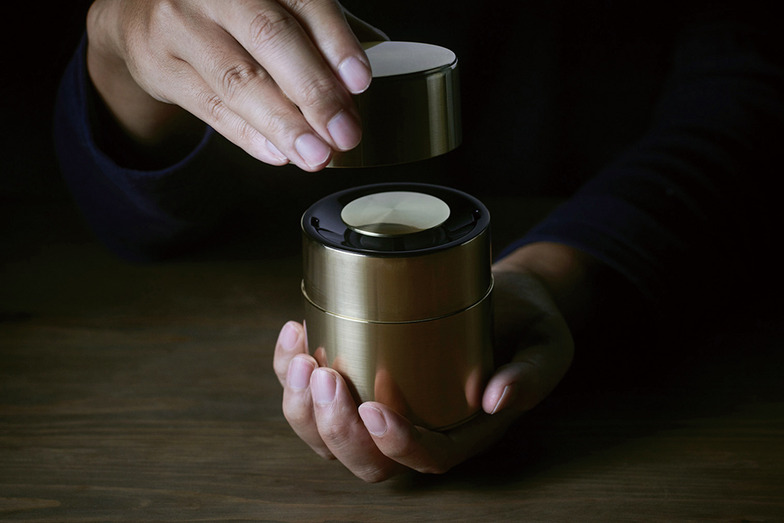

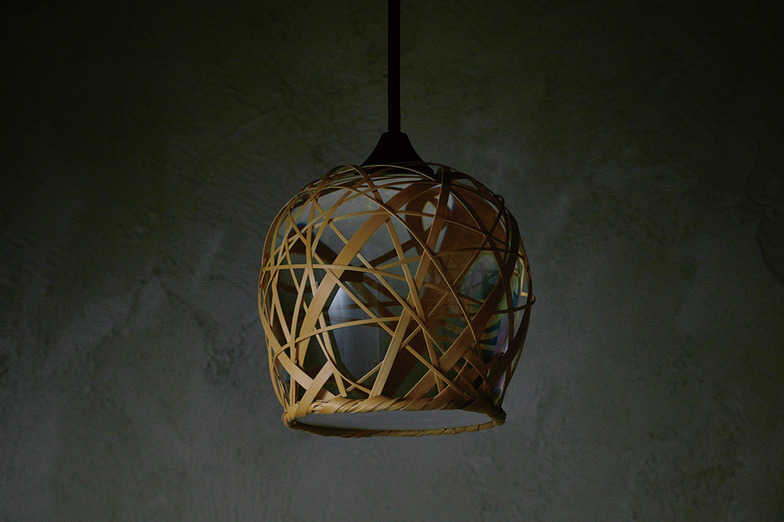
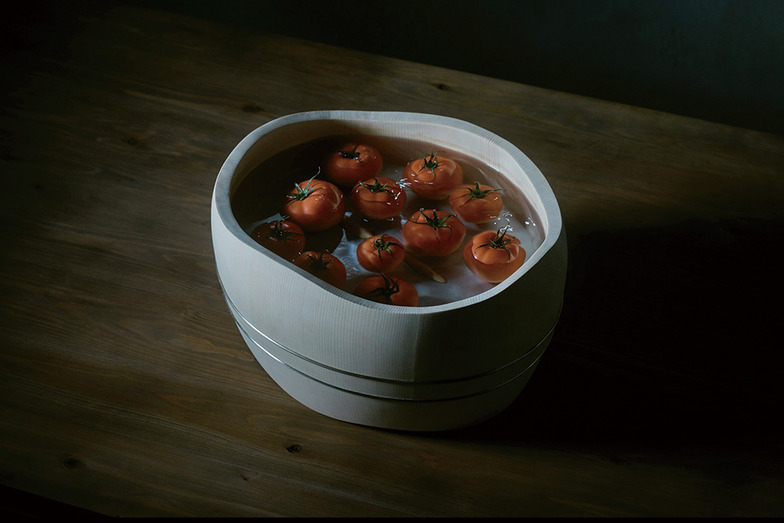
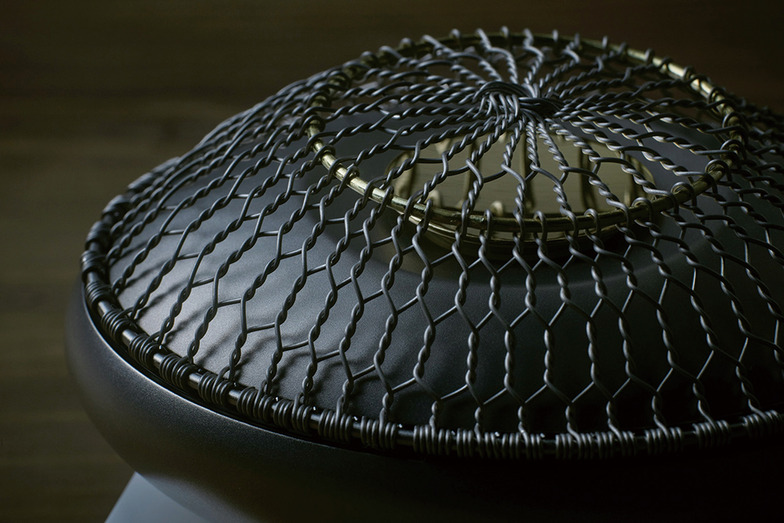
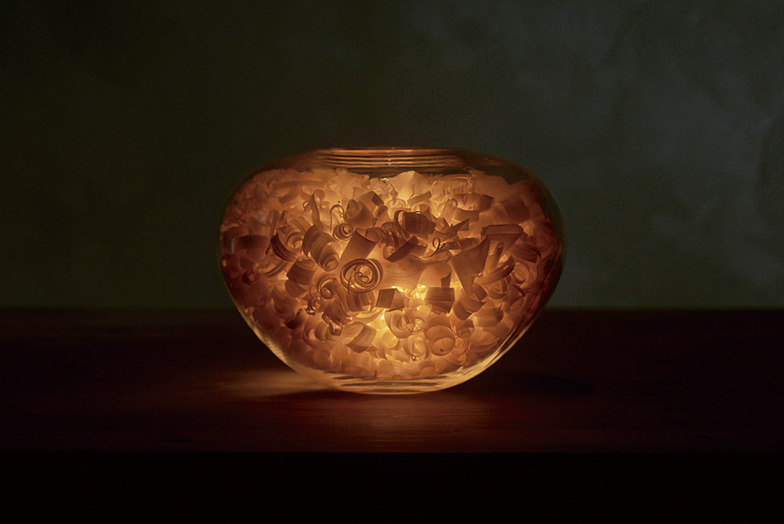

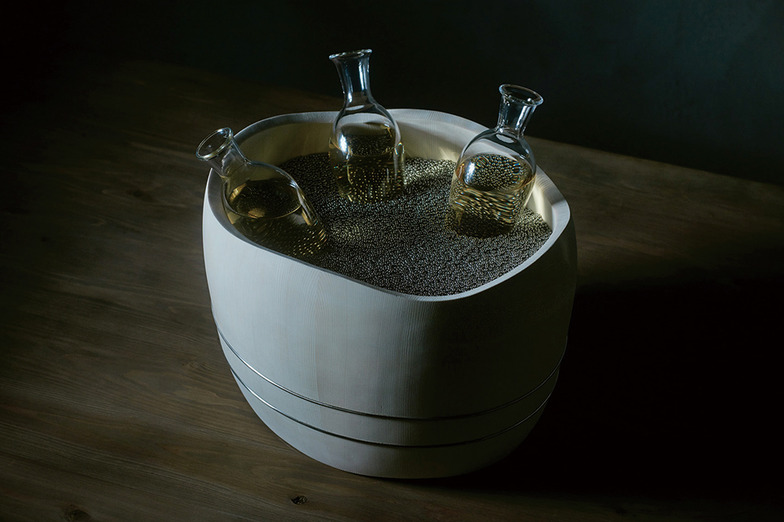
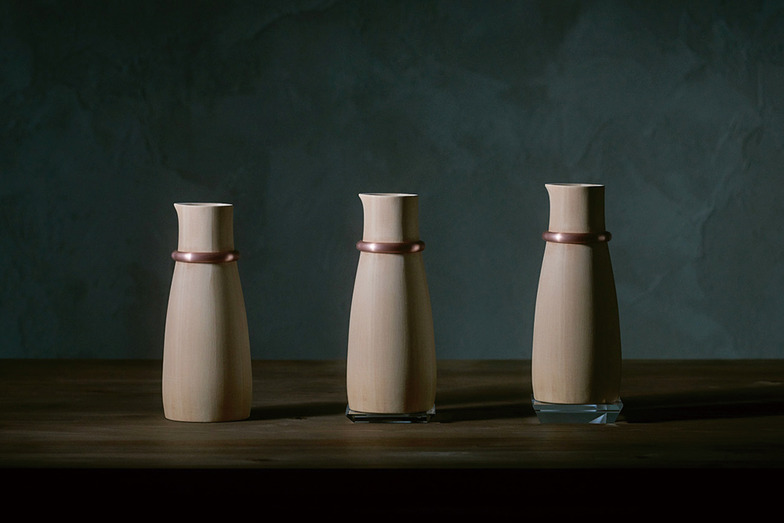
Sekisui House × GO ON
Proposing "lifestyle" to condominium residents centered on the "story" of traditional crafts
The collaboration with six partners gave birth to the concept of "Kyoto Traditional Crafts × Condominiums." Sekisui House began sales of the condominium "Grand Maison Kyoto Oike-dori" in May 2015, appointing GO ON as its brand partner.
Located at the intersection of Oike-dori and Fuyacho-dori in central Kyoto, the condominium leveraged its prime location. Its concept centered on realizing a lifestyle harmonizing with the cityscape, history, and culture. To achieve this, traditional crafts produced by GO ON were incorporated throughout the building.
Another distinctive feature was a series of four workshops for buyers and prospective buyers. Led primarily by GO ON members, these sessions offered proposals and facilitated discussions on fostering a deep connection to Kyoto's cityscape to achieve a rich lifestyle. For example, the first workshop featured Mr. Hosoo and Mr. Tsuji speaking to participants about life and craftsmanship in Kyoto, followed by a tour of the GO ON showroom. Subsequent workshops continued the theme of living within Kyoto's cityscape and culture.
By deconstructing traditional crafts and extracting their "stories," it can be said that new approaches were made possible even within the realm of contemporary living.
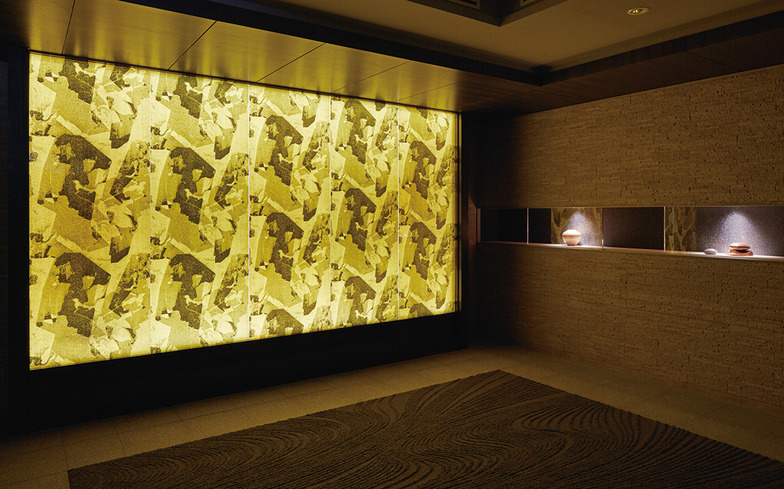

GO ON began as a six-member unit, but the movement has now expanded. Progress is also being made in other traditional industries.
"Kimono with more freedom"
Hankyu Umeda Main Store "#playkimono"
(September 28 - October 10, 2016)
"#playkimono" was an event launched from an Osaka department store, reinterpreting Kyoto's traditional kimono culture with a modern twist. Centered on the theme of enjoying kimono with a fashion-forward sensibility, it featured displays of contemporary kimono crafted by artisans and offered styling and coordination suggestions. The venue also included a bar and cafe hosted by Kyoto celebrities. A campaign linked to Instagram also gained significant traction.
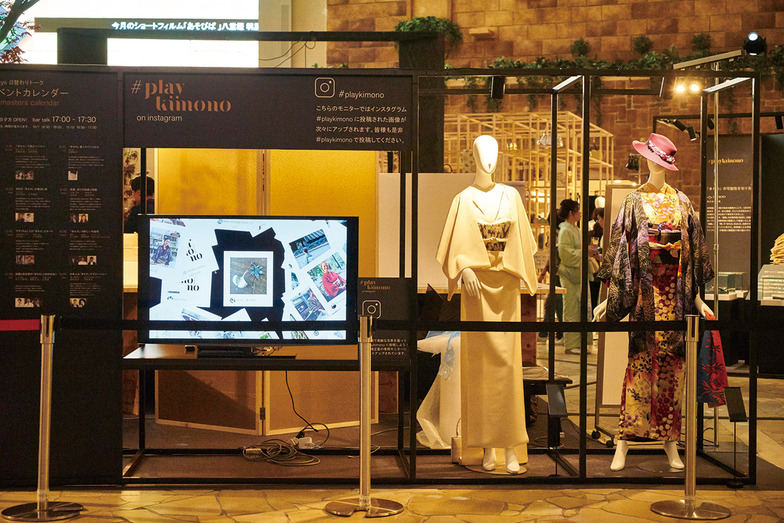

Kyoto's traditions come together in entertainment
Toei Uzumasa Movie Village "Uzumasa Edo Sake Bar"
Held four times since 2014, this event transforms the movie village after regular hours into a setting where visitors can experience Edo-period Kyoto. Authentic swordplay and traditional performing arts are performed live before guests' eyes, alongside cuisine and sake from renowned long-established shops. Furthermore, traditional craftsmen work in settings recreating the period's atmosphere. This space, where all traditions intersect centered around period dramas, consistently draws full houses.

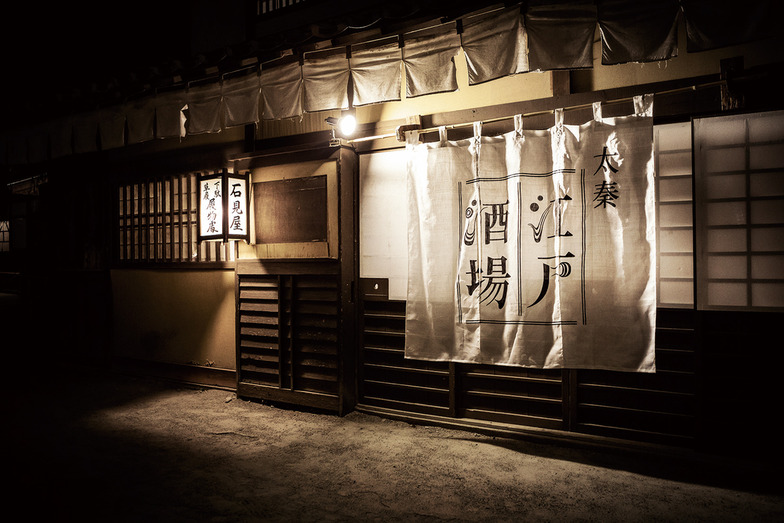
University Students Convey the Authentic "Kyoto" to Foreigners
Kyoto University's "GENIUS TABLE in KYOTO"
An initiative fostering exchange between foreign tourists and local university students/citizens through Kyoto's culture. Tourists are invited to lunch gatherings at locations embodying Kyoto life, such as the banks of the Kamo River or traditional craft workshops. Kyoto-style bento boxes are provided. This not only creates global exchange but also gives students and citizens an opportunity to reexamine their local Kyoto.


Collaborating with Designers to Create "Modern Traditional Crafts"
Traditional Craftsmen + Designers "RIMPA400"
Separate from the aforementioned six, "RIMPA400" involves six artisans carrying Kyoto's traditional crafts collaborating with two designers to develop unprecedented products. They incorporate designers' ideas into the fields of Kyoto roof tiles, Kyoto lacquerware, ceramics, Kyoto lanterns, Kyoto mounting, and gold leaf application to create works that live in the modern era.
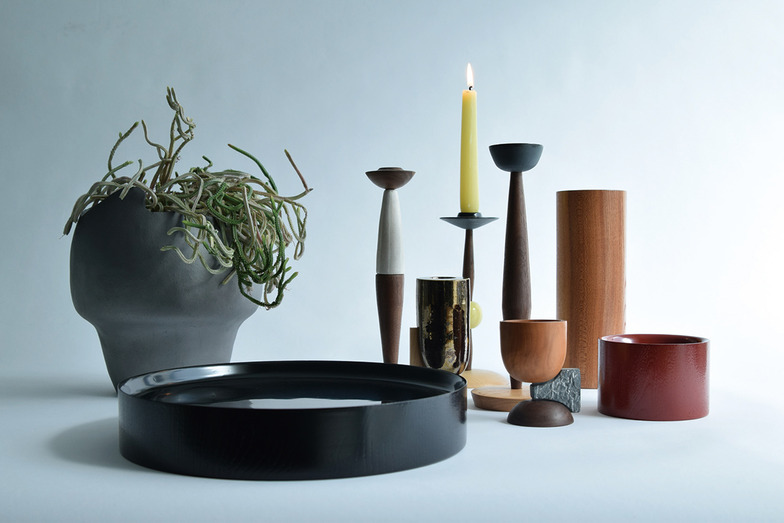
Examples include flower pots made from Kyoto roof tiles and lighting utilizing Kyoto lantern techniques, which have already attracted attention overseas.
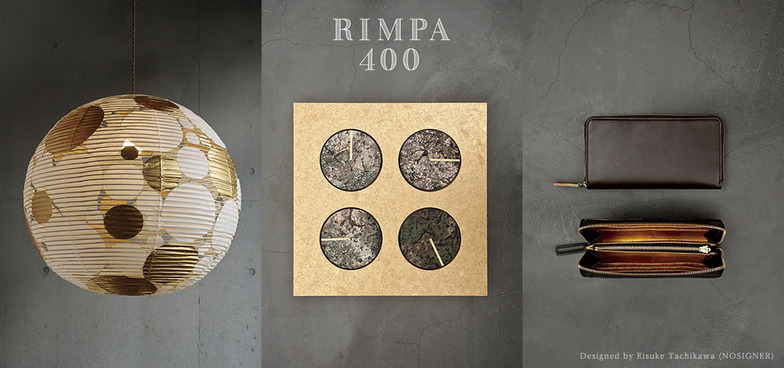
What Kyoto's Traditions Bring to the Future
Dentsu Inc. Kyoto Branch
Cultural Business Planning Department, Producer
Mr. Ryo Kagami
Kyoto is a city that has passed down an unyielding will to connect tradition to the future for over 1,000 years. It is precisely because this philosophy permeates the city that people are captivated by the things and people they encounter here.
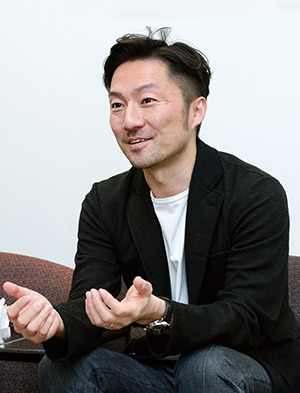
Yet even Kyoto is not immune to the global consumer economy, and its traditional industries face critical challenges like a shortage of successors. The six companies that became GO ON starters have overcome such adversity by transcending the barriers of their long-established shops, forming networks to challenge the world and earning high acclaim in the global luxury market.
Recently, collaborations are emerging not only in crafts but also with diverse local industries like performing arts, kimono, Japanese cuisine, and sake—all resonating with and responding to these challenges. We seem to be witnessing how traditions, often prone to stylistic rigidity, overcome their dilemmas and are reborn as living, breathing culture.
When global corporations and cutting-edge companies engage with this budding new movement in Kyoto culture... might we witness the birth of entirely new industries and the emergence of Japan's future strength? I find myself quietly indulging in such fantasies. Small, ongoing projects accumulate, potentially becoming tomorrow's traditions. I continue producing, hoping to contribute, however modestly, to crafting such history.
Was this article helpful?